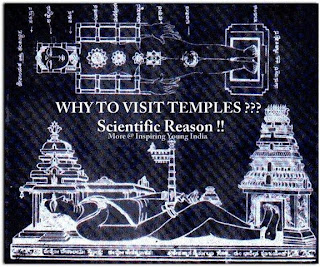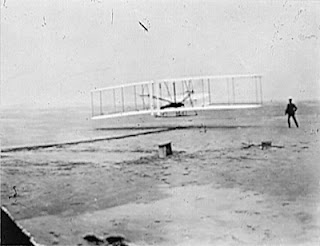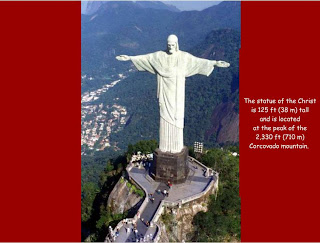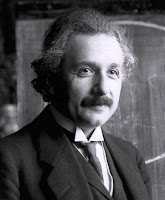Nalanda the best University in the world
Read and feel sorry for lost human heritage : For 600 years, Nalanda was one of the best Universities in the world. Located in India, it attracted students from as far away as Greece who came to study in one of the greatest libraries the world had ever seen. It extended over three buildings that were up to nine stories high. The hundreds of thousands of books inside those buildings covered subjec ts as wide ranging as grammar, logic, literature, astrology, astronomy, and medicine. But many of the most precious texts were among the most important in Hinduism & Buddhism, and those religious tomes may have been what fanatic Bakhtiyar Khilji and his Muslim army were intent on destroying when they sacked the university in 1193. There were so many books that they burned for three months. and thousands of monks were burned alive and thousands beheaded.



